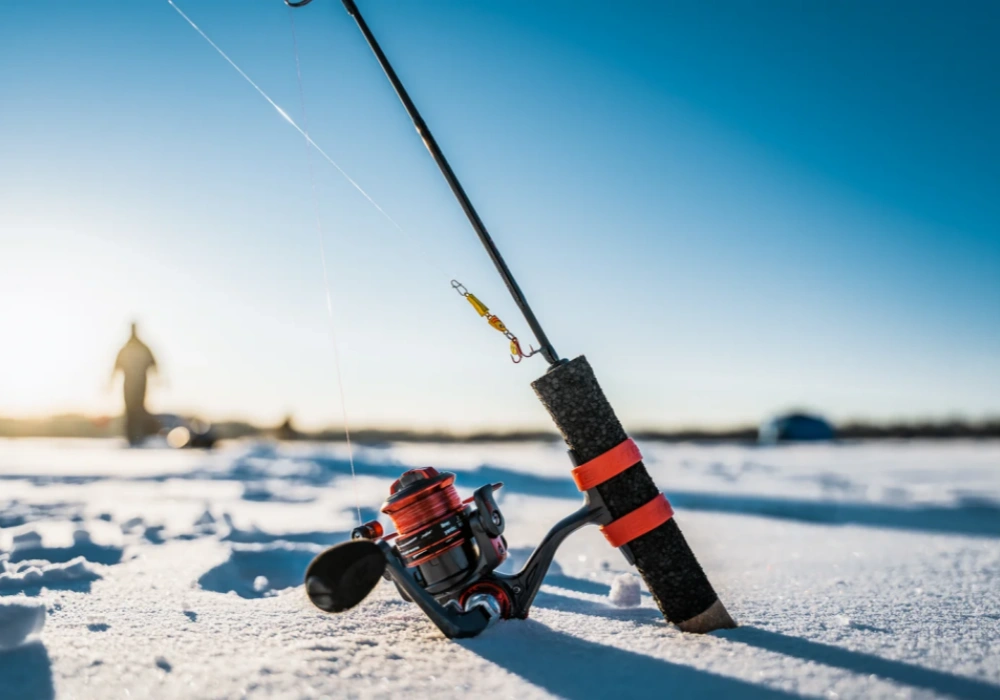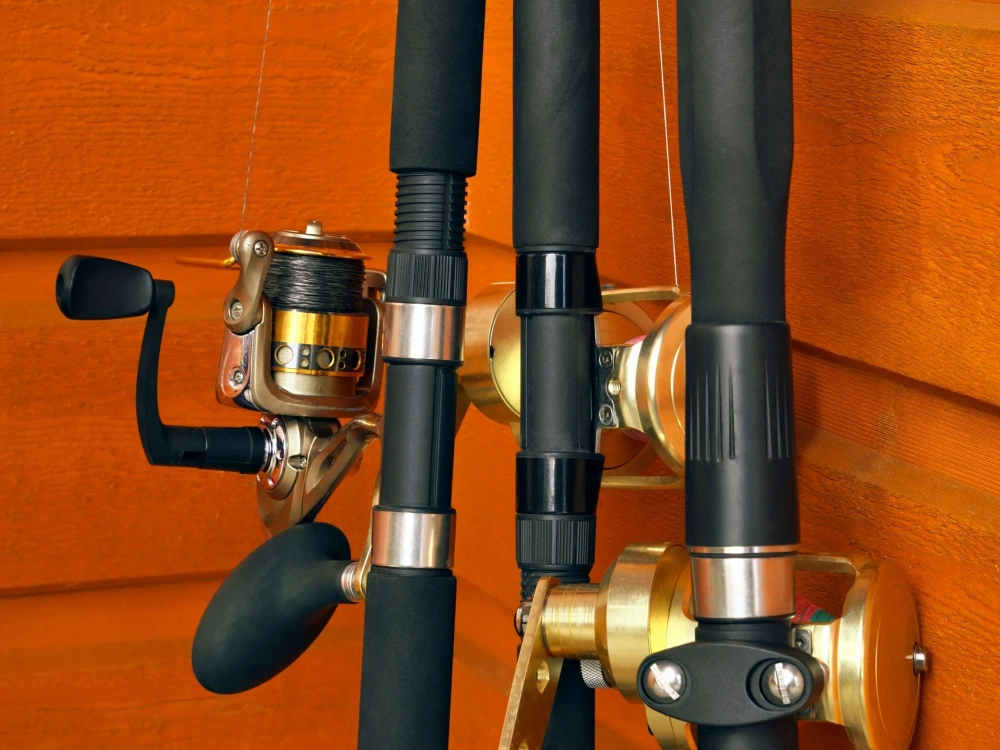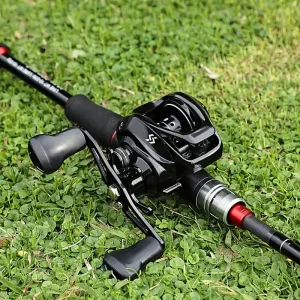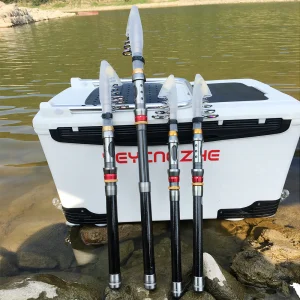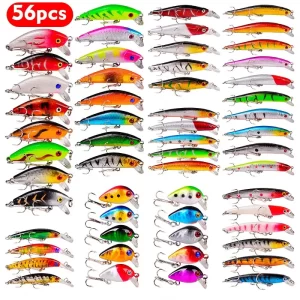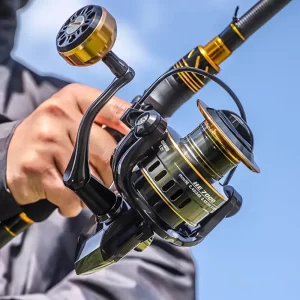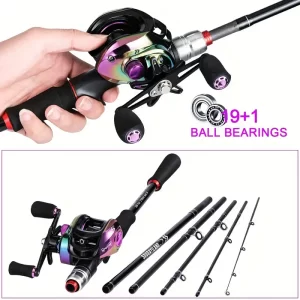Fishing rods, the backbone of any fishing kit, are an essential component of the fishing experience. Designed and crafted with a range of sizes, lengths, and actions to suit different fishing situations and species, fishing rods have been adapted to suit the needs of fishermen around the world.
North America: The influence of technology
In North America, fishing rods are highly technological and are designed with a focus on performance and efficiency. Manufacturers in this region often use high-grade materials such as carbon fiber and fiberglass to create lightweight yet strong rods. The use of advanced reel technology and high-quality fishing lines is also commonplace. North American fishing rods are typically very powerful and are designed for throwing large baits or lures, making them perfect for species such as bass and pike.
Europe: The art of finesse
European fishing rods are known for their finesse and precision. Designed for delicate fishing techniques such as float fishing and fly fishing, these rods are often crafted with a more flexible action and are perfect for casting small lures or bait accurately. European manufacturers often use traditional materials like bamboo and wood to create unique and aesthetically pleasing fishing rods that are also highly functional.
Asia: The finesse of tradition
Asia is home to a wide range of fishing techniques and species, resulting in a diverse range of fishing rod designs. Many Asian manufacturers have mastered the art of blending traditional craftsmanship with modern technology to create fishing rods that are both functional and beautiful. Materials such as bamboo, wood, and fiberglass are commonly used, often complemented by modern materials like carbon fiber and titanium. Asian fishing rods are known for their adaptability, with many designs suitable for a wide range of fishing techniques and species.
Australia: The strength of simplicity
Australian fishing rods are typically simple yet effective in design. Manufacturers Down Under often use strong but lightweight materials like aluminum and titanium to create fishing rods that are perfect for throwing large hooks or lures. Australian fishing rods are typically designed for bottom fishing or jigging and are well-suited to species such as snapper and flathead.
Africa: The resilience of survival
In Africa, fishing rods are often crafted from local materials such as raffia palm and wood. Designed for survival, these fishing rods are often multipurpose tools used for both fishing and hunting. Due to limited resources, African fishing rods are often more rudimentary in design yet strong and resilient. They are perfect for casting small baits or lures and are used for a range of species including catfish and tilapia.
Fishing rods around the world come in a range of shapes, sizes, and actions to suit different fishing techniques and species. Each region has its unique characteristics that influence the design and use of fishing rods. Understanding the regional differences can help fishermen adapt their fishing techniques and select the right equipment for their fishing trips, ensuring a more enjoyable and successful experience on the water.
More:Cheapest Fishing Gear: A Guide to Affordable Fishing Equipment
